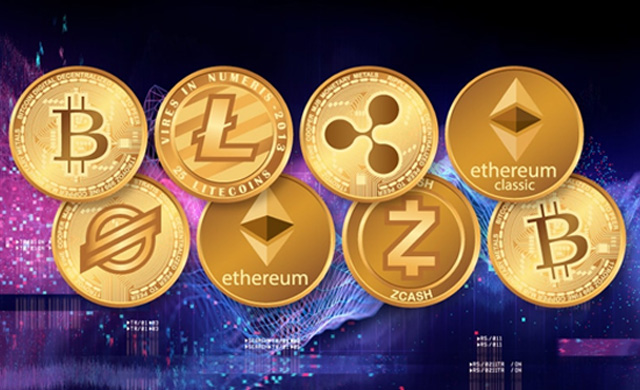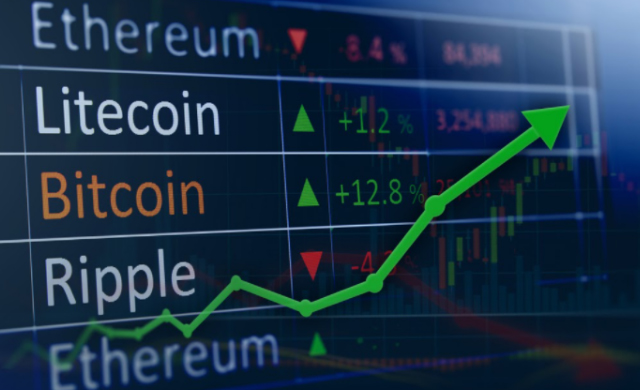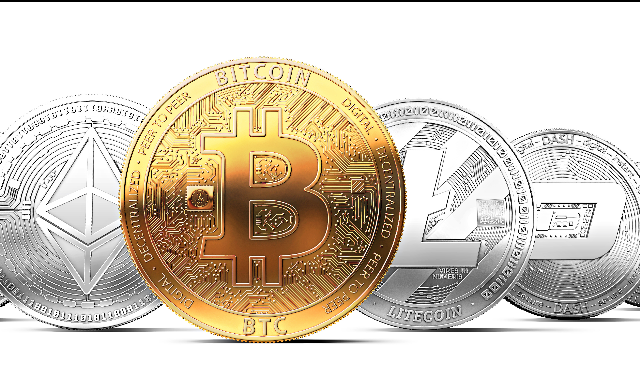Back in 2011, Bitcoin was still in its infancy, barely two years old. Meanwhile, Charlie Lee, a former Google engineer with a bold vision, was busy crafting something new.

Lee wasn’t simply following the trend of blockchain innovation. Instead, he sought to create a cryptocurrency that would work alongside Bitcoin rather than rival it. His goal for Litecoin was to offer a digital asset accessible to everyday people, not just tech enthusiasts and early adopters.
As Litecoin took shape, Lee addressed some of Bitcoin’s limitations, making transactions faster and reducing the need for specialized, high-powered mining equipment. It was designed for the general public, aiming to be a cryptocurrency that almost anyone—perhaps even your grandmother—could use.
The crypto world quickly took note of Litecoin. By the end of 2013, it had risen beyond the status of just another altcoin, reaching a market cap of $1 billion and securing its place as the second-largest cryptocurrency. For a time, Litecoin was celebrated as the “digital silver” alongside Bitcoin’s “digital gold.”
However, the cryptocurrency landscape evolved rapidly. By 2016, Ripple edged out Litecoin, pushing it down the ranks. Soon after, Ethereum emerged, taking the second spot and firmly holding its position, leaving Litecoin to navigate an increasingly crowded market.
Key Fundamental Metrics
Daily Active Users (DAU): As reported by IntoTheBlock, Litecoin boasts 368,000 daily active users, reflecting a significant rise in user activity compared to the prior year.
Fees and Revenues: Litecoin’s revenue model is largely driven by transaction fees, which are relatively low, especially when contrasted with Bitcoin. These fees are complemented by block rewards that serve as incentives for miners to maintain network security. However, as block rewards diminish over time due to halving events, transaction fees will become a critical component in ensuring miners are adequately compensated. The current low fees can be sustained as long as transaction volumes remain high enough to offer sufficient rewards to miners.
Market Cap: Litecoin’s market capitalization stands at $4.3 billion, representing a 30% decline from the previous year. This valuation ranks Litecoin below other Proof of Work (PoW) payment tokens, such as Bitcoin Cash ($6.3 billion) and Dogecoin (DOGE) at $14.3 billion.
Analyzing the Litecoin’s Market
Problem It Addresses: Litecoin was developed to serve as a more efficient and scalable alternative to Bitcoin. With a block time of just 2.5 minutes—compared to Bitcoin’s 10 minutes—Litecoin allows for faster transaction confirmations, providing a more practical solution for daily blockchain transactions.
Target Audience: Litecoin is designed for individuals and businesses seeking to complete transactions on the blockchain more quickly and at a lower cost. However, broader adoption is still required, as sellers must specifically accept Litecoin, an area where the platform continues to face challenges.
Value Proposition: Litecoin’s main appeal lies in its speed and affordability. By offering a secure, low-cost, and fast transaction network, Litecoin is well-suited for small to medium-sized transactions, where these factors are critical.
Market Potential: The global crypto payments market is currently valued at $1.29 billion and is expected to grow to $4.85 billion by 2033. This expansion presents significant opportunities for Litecoin, although it faces growing competition, especially from stablecoins like USDC and USDT, which provide faster and more stable payment options.
Competitive Edge
Company Moat: Litecoin has a relatively strong moat in the crypto space due to its long-standing reputation, early entry into the market, and established technology. However, the platform must continue to innovate to fend off competitors, especially as newer blockchains offer advanced features and functionality.
Blockchain Technology: Litecoin runs on its own Proof-of-Work (PoW) blockchain, which has been operational for over a decade. This established track record of reliability gives it credibility and trust in the crypto community. Although PoW systems face scrutiny for energy consumption, Litecoin remains efficient and secure, with low transaction fees and faster processing times compared to Bitcoin.
First-Mover Advantage: As one of the first altcoins to emerge, Litecoin had a significant head start, setting the stage for other alternatives to Bitcoin. This lead time helped solidify its position in the market and attracted early adopters, contributing to its reputation as “digital silver.”
Industry Networks: With support from prominent figures, including its founder Charlie Lee, Litecoin has built a strong network within the crypto industry. This access to key players gives it strategic advantages, including potential collaborations and sustained visibility in the competitive crypto ecosystem.
User Adoption Potential
Technical Complexity: Like many cryptocurrencies, Litecoin faces barriers to mass adoption due to the inherent complexity of blockchain technology. New users must understand concepts such as private keys, wallet security, and transaction fees, which can be intimidating for those unfamiliar with the crypto space. This complexity presents a challenge for widespread adoption, especially among non-technical users.
Halo Effect: Litecoin benefits from its close connection to Bitcoin, often regarded as “digital silver” to Bitcoin’s “digital gold.” This association has helped bolster Litecoin’s credibility. However, beyond this affiliation, Litecoin lacks significant partnerships with major institutions or endorsements from influential figures. Additionally, merchant acceptance of Litecoin is still relatively low, which could hinder its growth as a payment solution.
Market Buzz: Despite these challenges, Litecoin maintains strong community support. It has built a robust social media presence with over 1 million followers on Twitter and 359k members on its dedicated subreddit. This widespread engagement fuels ongoing conversations and contributes to Litecoin’s visibility, keeping it relevant in the broader crypto landscape.
Finally
Litecoin has demonstrated remarkable longevity and reliability, standing as one of the earliest and most valuable cryptocurrencies by market capitalization. Its stability over time reflects the trust it has built within the crypto space. However, it now faces stiff competition from other Proof-of-Work (PoW) payment coins such as Bitcoin Cash and Dogecoin, both of which boast larger market caps. In the past year, Litecoin’s market cap has experienced a significant drop, underscoring its exposure to market volatility.
Learn from market wizards: Books to take your trading to the next level.

















